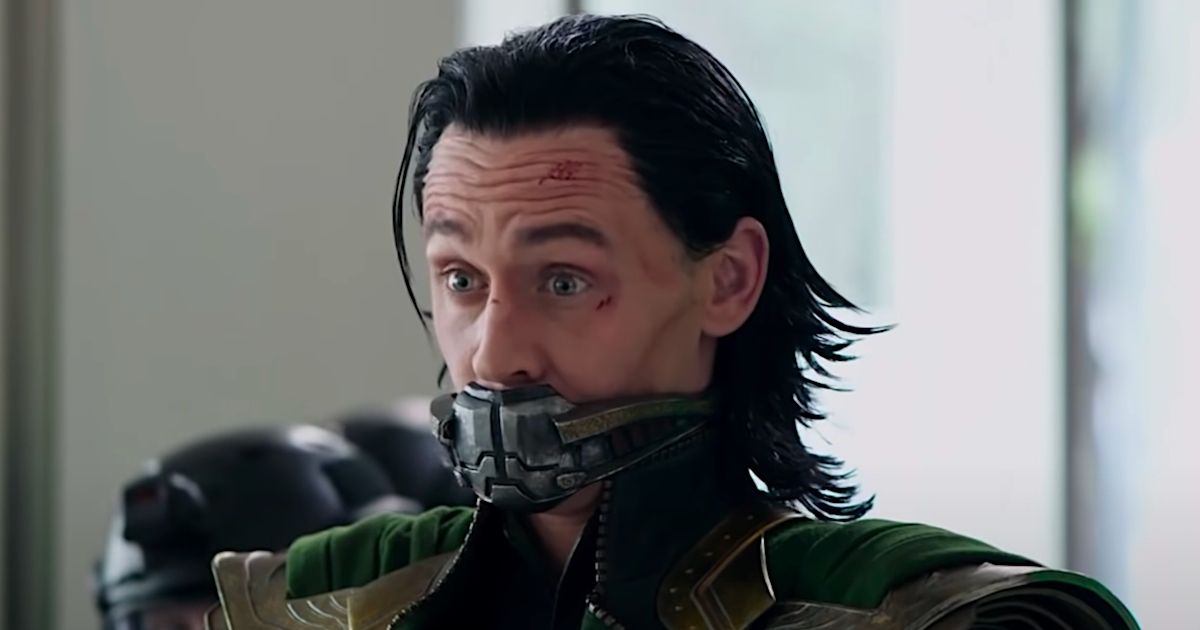Film Purist Chris Nolan Predicts Hope For The “Bleak” Digital Future
By
JEN YAMATO | Tuesday July 8, 2014 @ 5:30pm PDTTags:
Christopher Nolan,
Interstellar,
NATO
Interstellar director
Christopher Nolan has long been a vocal champion of film over digital. But playing Nostradamus in a
WSJ op-ed on the future of moviegoing, the filmmaker has softened his stance on the “bleak” digital future months after appealing to theater owners at CinemaCon.
Studios have already largely phased out film prints in favor of digital files. Nolan writes that the digital future of exhibition will reduce films to “content” that can be easily viewed on mobile devices and other alternative screens “and the idea would be that movie theaters should acknowledge their place as just another of these ‘platforms,’ albeit with bigger screens and cupholders.” With content digitized, theaters of the future will be able to track best-selling films and program accordingly: “A movie’s Friday matinees would determine whether it even gets an evening screening, or whether the projector switches back to last week’s blockbuster. This process could even be automated based on ticket sales in the interests of ‘fairness.’” As a result, he says, it’s smaller films that will wind up with the short straw as audiences opt between home viewing and the more “familiar” studio fare.
Nolan predicts consumer desires will shift again as moviegoers seeking the shared experience of going to a theater and theater owners entice them back with upgrades. “The theatrical window is to the movie business what live concerts are to the music business — and no one goes to a concert to be played an MP3 on a bare stage.” It’ll be spectacle event films and new filmmaker voices that entice moviegoers back to the grand theaters of the future, he says.
Like, say,
Interstellar? Just three months ago at CinemaCon, the longtime champion of 35mm filmmaking declared his love for film over the digital revolution that’s taken over the industry in recent years. “I’m a fan of any technological innovation, but for me, it’s going to have to exceed what came before, and it hasn’t yet,” he said then. He
warned NATO members at the April confab that the theatrical presentation of his sci-fier — shot on anamorphic 35mm and in Imax — was of utmost importance. “I really think on this film the technical aspect of how this film is presented is really going to be more important than on any film I’ve done before, so that means getting into partnership with the studios and theaters.”
Two years ago at the Produced By conference the
Dark Knight trilogy filmmaker
called digital filmmaking “devaluing of what we do as filmmakers.” Nolan now welcomes the possibility that cinema and new voices can flourish in the brave new digital future — eventually. “Whether photochemical or video-based, a film can now look or sound like anything,” he writes. “It’s unthinkable that extraordinary new work won’t emerge from such an open structure. That’s the part I can’t wait for.”







